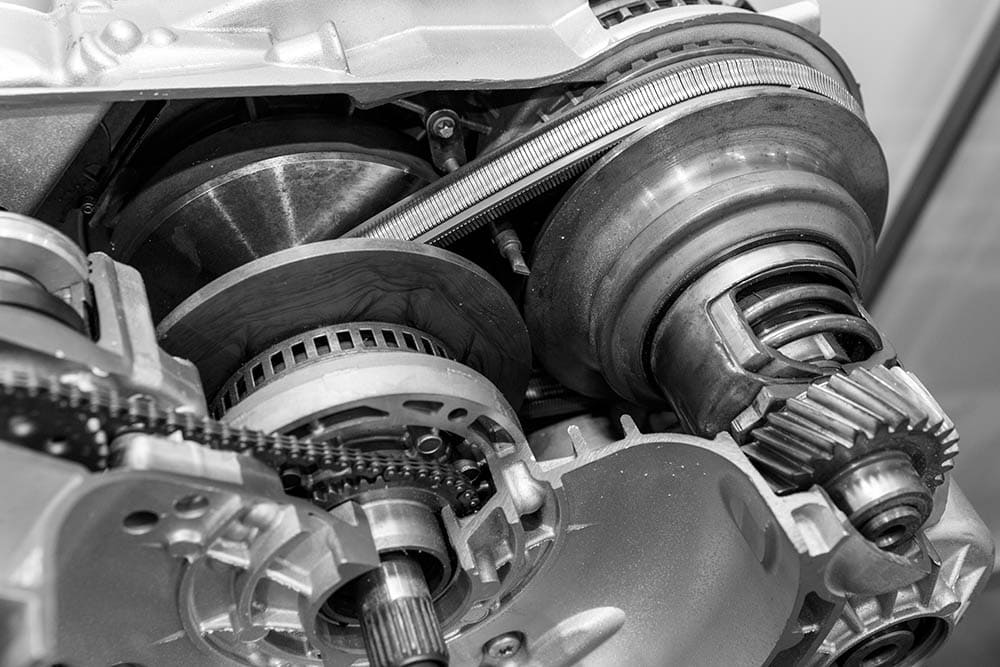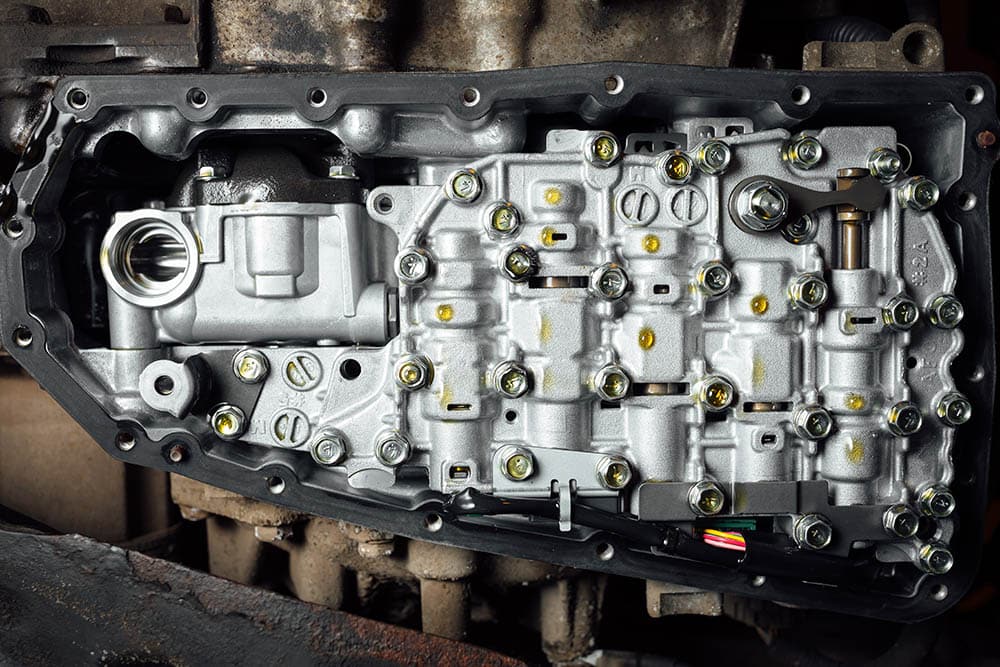What Is a CVT Transmission? Advantages, Disadvantages & FAQs
-
Ed Malaker
- Last updated:

The increasing cost of fossil fuels and the recent push to be more environmentally friendly is causing many people to look for more efficient vehicles. Hybrid and electric cars are a good start, and there are advancements in other areas too. One recent advancement is a continuously variable transmission (CVT) which uses a pair of variable-width pulleys connected by flexible belts for seamless acceleration. If you are interested in this technology and would like to learn more about it, keep reading as we discuss the pros and cons and tell you where you can find one of these transmissions.
How Does a Continuously Variable Transmission Work?
Unlike a standard transmission, which uses fixed gears and chains to harness the engine’s power, a CVT uses a pair of variable-width pulleys connected by flexible belts for seamless acceleration without the interruption of shifting gears. One pulley connects to the engine and the other to the axle. This enables the system to make quick adjustments that deliver more or less power.

Where Is It Used?
It’s hard to tell which cars have a CVT because the dashboard shifting mechanism looks similar and has identical controls, including drive, neutral, and park. The best place to find cars with a CVT is in Japanese imports, as many Mitsubishi, Nissan, and Subaru vehicles have it equipped. Some newer Toyota and Honda vehicles also have it as part of their standard configuration.
Advantages of a CVT
A CVT enables you to get the maximum power out of your engine, so you often see it in small 4-cylinder engines. A CVT also helps eliminate sudden downshifting when you need extra power to get onto an entrance ramp or pass a vehicle. One of the biggest advantages of a CVT is the significantly improved fuel economy, which can get 38 miles per gallon or better. Driving up hills is also easier because the CVT can determine the best ratio for the most power, and it provides the driver with a smoother ride because there’s less work to do and no gear shifting going on.
Disadvantages of a CVT
A CVT can be strange to drive after many years of using a standard transmission. The constant sound of shifting gears is something that many people are accustomed to, so the continuous acceleration of a CVT can be quite strange. It can cause many people to think that there’s a problem with the vehicle. It also tends to make a great deal of noise while you’re accelerating because it pushes the engine harder, which needs to run at a high constant RPM. One last downside of a CVT is that the fluid that it uses is quite expensive and can cost as much as $30 a quart.
Frequently Asked Questions (FAQs)
How long do CVT transmissions last?
The CVT transmission is comparable to a standard transmission that lasts at least 100,000 miles. However, with regular maintenance and driving that isn’t too demanding, some people can get 300,000 miles or more.
How often should you service a CVT transmission?
Most experts recommend having your CVT transmission looked at by a qualified mechanic every 30,000 miles to ensure that no problems are developing.
Can you repair a CVT transmission?
Yes, you can purchase parts to repair a CVT transmission. Rebuilds and remanufactured units are also in use, showing how serviceable this kind of transmission is.
Conclusion
A CVT transmission is an efficient transmission that can quickly deliver the power that you need to get up large hills, and it has exceptional gas mileage at 38 miles per gallon. The downside is that it can feel strange to drive at first because it is so different, and the few parts that it has get a great deal of use and tend to wear down quickly.
Featured Image Credit: Kartinkin77, Shutterstock
Contents
